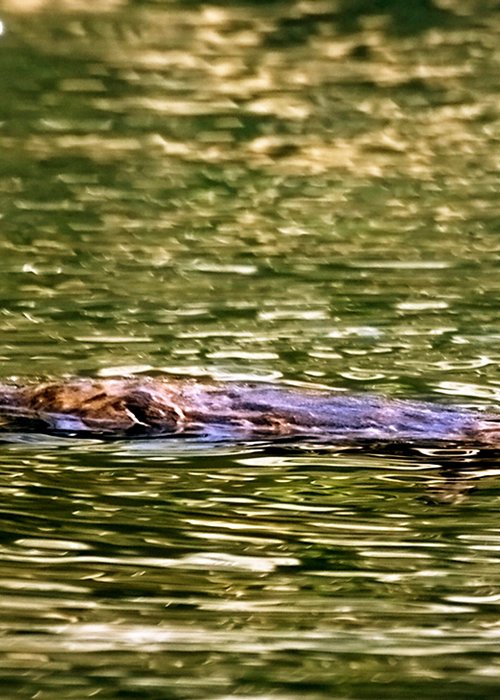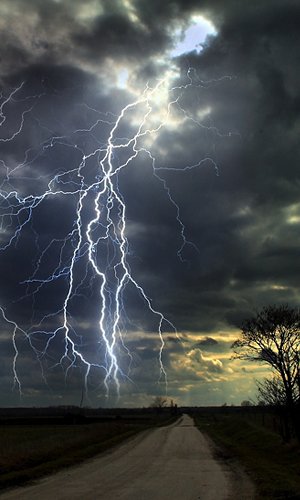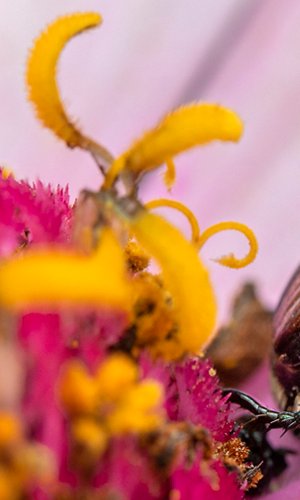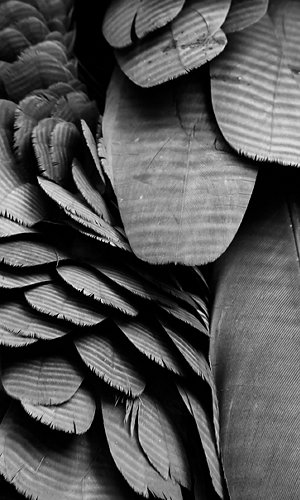It’s easy to answer “which is the strangest animal?”. The answer: the platypus. These strange creatures live only in Australia and that is the reason for their unique characteristics. Platypuses have remained isolated for millions of years and have evolved in a unique and entirely different way from mammals on other continents. Australia, as we know, has a distinctive fauna precisely because it separated from the supercontinent Gondwana (which united all the emerged lands of the Planet) a very long time ago, in the Permian period, 300 million years ago, when the first mammals appeared. It was from those ancestral animals, isolated from all the others, that marsupials and monotremes evolved. We are familiar with marsupials, like kangaroos, opossums and koalas. They are mammals that give birth to their young at a very early stage, when they are still tiny, able to cling to their mother’s teat and develop inside her warm pouch, but outside her body. And then there are monotremes, not many in reality, only five species, the last representatives of very ancient animals, more similar to reptiles and birds than to modern mammals.





